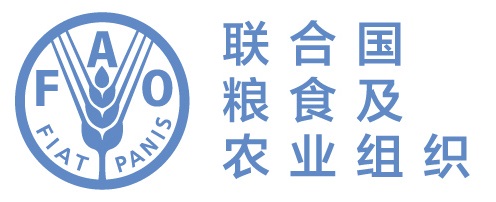New pest in Kenya: Preliminary surveillance report on Tuta absoluta- preliminary report by Kenya
- Publication Date
- Mon, 09 Jun 2014, 02:00
- 最后更新与
- Sept. 11, 2017, 9:45 p.m.
- Report Number
- KEN-01/3
- 国家
- Kenya
- Pest Id
- Tuta absoluta - (GNORAB)
- Report Status
- Preliminary
- Hosts
- Tomato is the main host plant, but T. absoluta also attacks other crop plants of the nightshade family, including potato, eggplant, pepino and tobacco. It attacks many solanaceous weeds, including Datura stramonium, Lycium chilense, and Solanum nigrum
- Pest Status (old values from ISPM 8 -1998 )
-
- Present: but managed
- Present: subject to official control
- Pest Status (ISPM 8 - 2021)
-
- Present: not widely distributed and under official control
- Geographical Distribution
- The pest that was reporte in Ethiopia is now confirmed present in Kenya through surveillance surveys conducted by the NPPO- KEPHIS & research organisations (ICIPE, KARI)> It is more widespread in areas around ISiolo which is a gateway town in the Kenya- Ethiopia transit corridor. . The migratory, American tomato leaf miner, Tuta absoluta is now present in Kenya. However the pest population varies within the sampled counties and presently is low in Kirinyaga County, negligible in Meru County but is particularly high in Isiolo County where it has already established. The exact distribution in the country is yet to be established since the surveillance work is on going.
- 摘要
This moth was first known as a tomato pest in many South American countries. In 2006, it was identified in Spain. The following year it was detected in France, Italy, Greece, Malta, Morocco, Algeria and Libya. In 2009, Turkey In 2010. The advance of Tuta absoluta continued to the East to reach Syria, Lebanon, Jordan, Iraq and Iran. Further advances southward reached Saudi Arabia, Yemen, Oman and the rest of the Gulf states. In Africa, Tuta absoluta moved from Egypt to reach Sudan, South Sudan and Ethiopia from the East and to reach the Senegal from the west. The first identification Kenya was done early this year (2014) through use of pheromone traps.
- Danger
- The presence of this pest will have negative impacts and hamper Government efforts on alleviating poverty in rural areas through increased farm income. The pest has potential to reduce yield or cause econmimic loss in the range of 80-100%. It is for this reaon that The government of Kenya has put in place elaborate trapping program and pest management that includes: integrated pest management- use of traps, introduction of biological control agents and imposition of quarantine in affected areas.
- Contact for info
- Official contact point Kenya: Managing Director P.O. Box 49592-00100 Nairobi. Tel: 254-020- 3597201/2/3 | 3536171 | 3536172 Cell: 0722-516221 / 0723-786779 / 0733-874274 / 0734-874141 Fax: 254-020- 3536175 Email:[email protected] , [email protected]
- Report files
- 网站
- Issue keywords
- Commodity keywords

